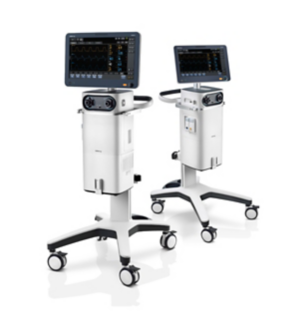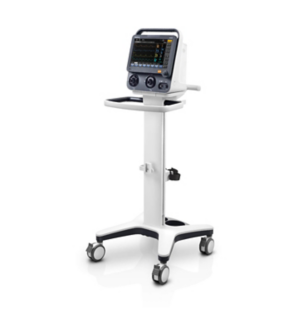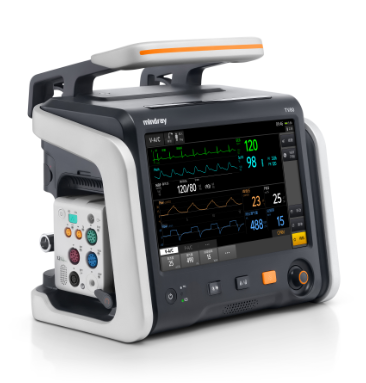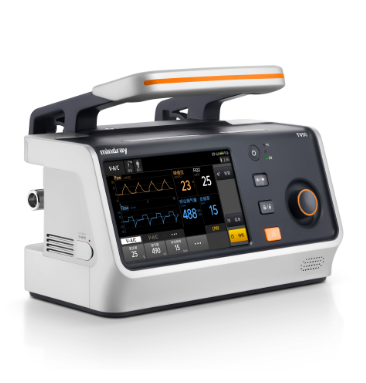Intellicycle Pro: An Intelligible Approach Towards Patient -Ventilator Synchrony
By Ankit Gupta 2024-02-01

Patient-ventilator asynchrony etiology: Patient Ventilator Asynchrony is a common concern for both invasive and non-invasive positive pressure mechanical ventilated patients. It has been reported that as many as 24% of patients undergoing invasive mechanical ventilation in the intensive care unit (ICU) unit face severe asynchrony with an asynchrony index greater than 10%, with a much higher incidence of non-invasive ventilation. (The asynchrony index is the fraction of the number of asynchrony events divided by the total respiratory rate, including wasted efforts, multiplied by 100.) Studies have shown that the high rate of asynchrony is associated with ineffective triggers, flow starvation, delay of the cycle, and some other conditions as well.
Patient-ventilator asynchrony solutions
Mechanical ventilation (MV) is a supportive treatment commonly applied in critically ill patients. Whenever the patient is spontaneously breathing, the pressure applied to the respiratory system depends on the sum of the pressure generated by the respiratory muscles and the pressure generated by the ventilator. Patient-ventilator interaction is of utmost importance in spontaneously breathing patients. To that end, the goal should be optimal patient-ventilator interaction, with a balance between patient inspiratory effort and ventilator triggering, between ventilatory demand and delivery of flow and tidal volume, and between interruption of patient inspiration and cycling of the device.
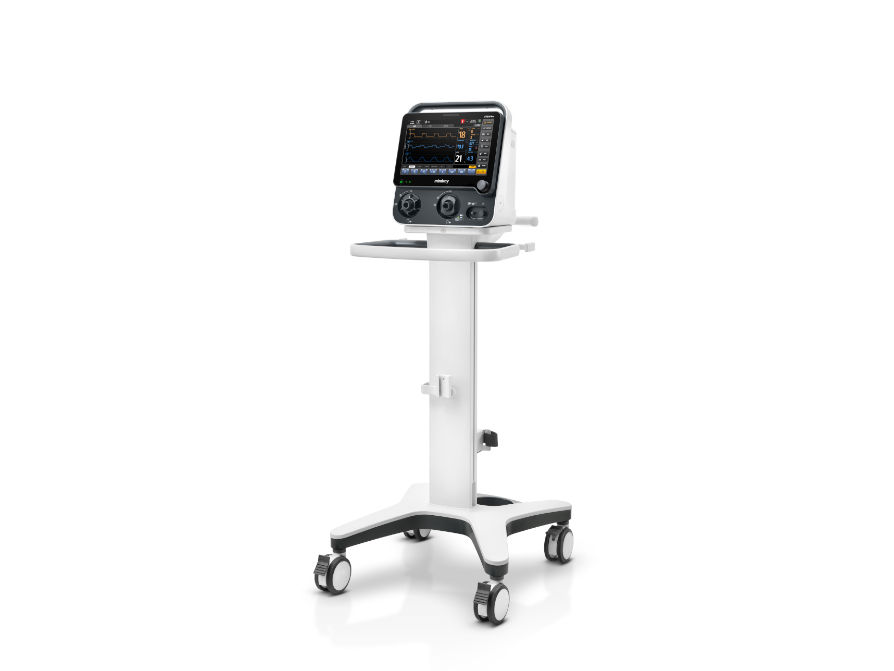
SV 300
On the contrary, ventilator asynchrony can be understood as a mismatch between the inspiratory and expiratory times of the patient and the ventilator, and thus, a failure to provide ventilated patients with optimal assistance. This results in prolonged mechanical ventilation, difficult weaning, reduced patient comfort, an increased risk of diaphragmatic damage, and a potential increase in morbidity and mortality.
In general practice, the inspiratory trigger is set at a fixed positive flow or negative pressure. In Spontaneous ventilation breaths, the initiation of expiration occurs when the flow drops below a user-defined percentage of the maximum flow of the breath (expiratory trigger sensitivity – Exp%). However such fixed settings may create several complications as constantly changing patient lung dynamics and leaks are not considered. Under some conditions, Inspiratory efforts may occur during negative flow and remain undetected by conventional triggers, resulting in delayed triggered breaths, delayed cycling, or missed inspiratory efforts. Identifying patient-ventilator asynchronies using flow waveform analysis is a very useful tool for clinicians. However, the clinicians can only adjust the triggers based on the previous breath and May not always be available near the bedside, and the patient's condition can change from breath to breath. So Real-time optimization is impossible to achieve with this conventional method.
.jpg)
To enhance patient-ventilator real-time synchrony Mindray developed an unprecedented technology known as Intellicycle Pro. The Intellicycle Pro is based on closed-loop analysis of respiratory mechanics and ventilator waveforms to enhance patient-ventilator synchrony. IntelliCycle Pro can automatically adjust parameters to improve synchrony in the Inspiratory and expiratory phases. This Algorithm improves synchronization by detecting inspiratory effort thus, reducing the delay of triggering and ineffective trigger, adjusting the inspiratory pressure rise time to avoid flow starvation or overshooting, and determining and adjusting appropriate Expiratory Termination Sensitivity to reduce early/delay of cycle. Thus, Intellicycle Pro decreases the Patient’s Work of breathing by detecting spontaneous breathing effort, reducing delayed triggering and ineffective triggers & improving the patient’s comfort. As this algorithm not only provides better comfort for patient but also helps clinicians to achieve better results in terms of Patient-ventilator Synchrony in case of changing patient conditions without manual intervention, this algorithm may get established as a symbol of an exceptionally user and patient-friendly ventilator in near times.


.png)
